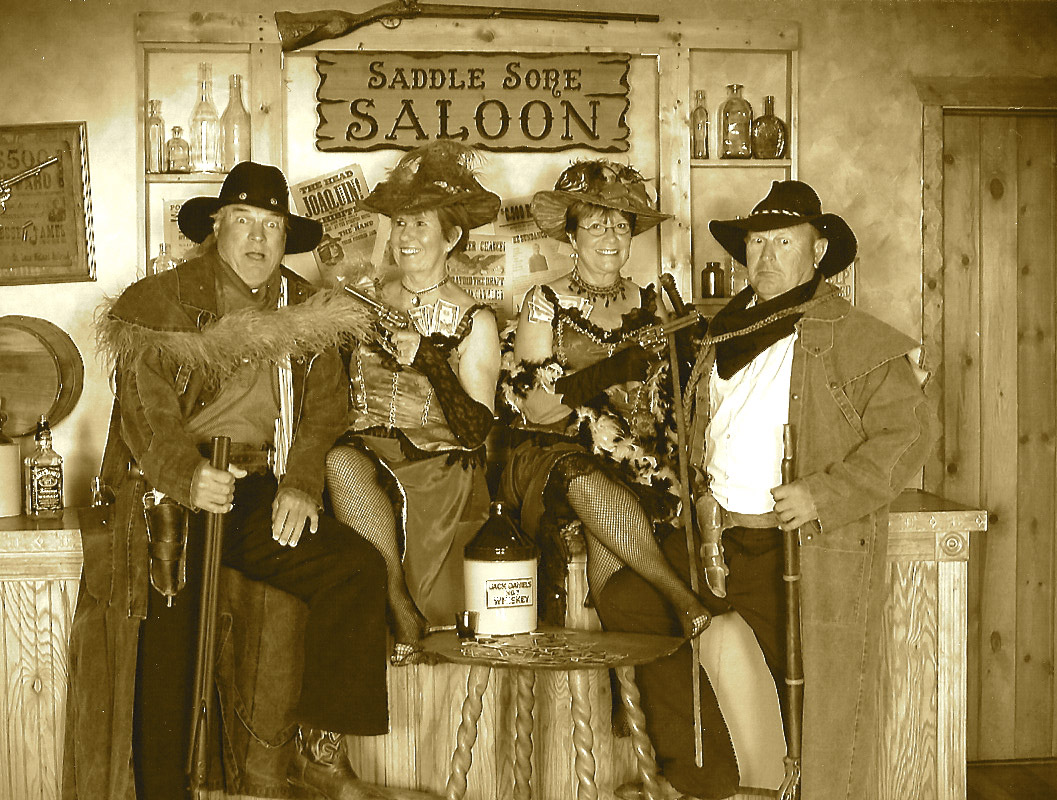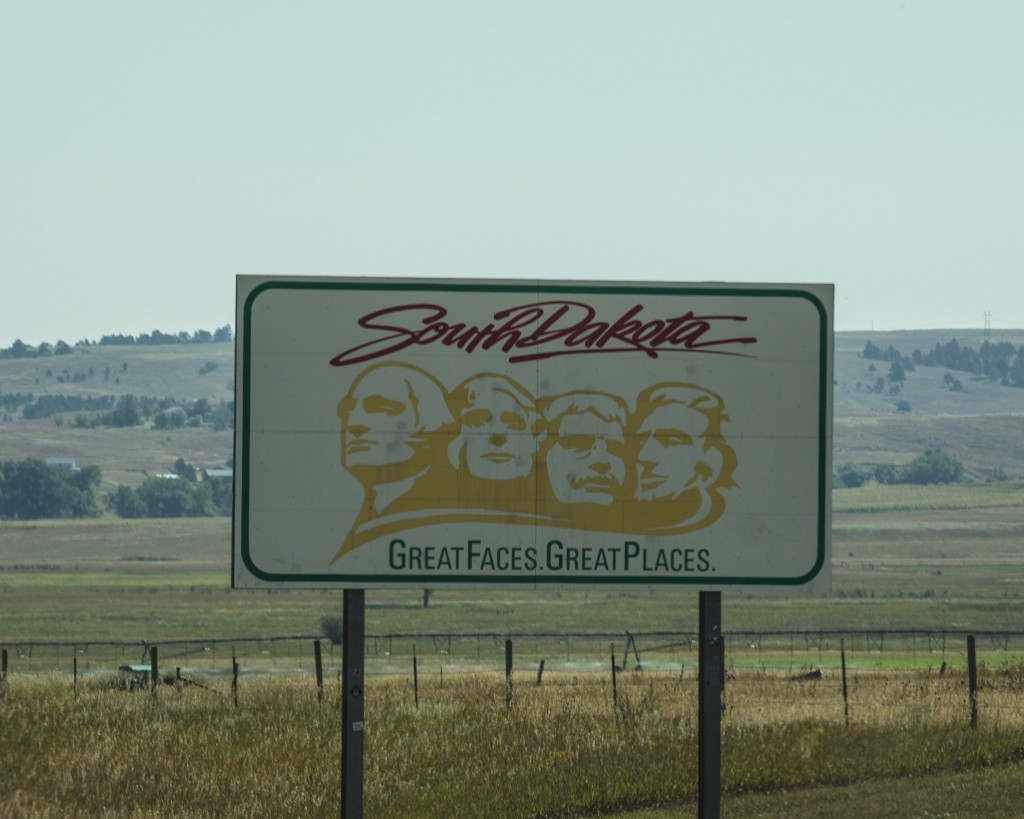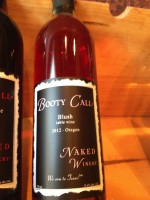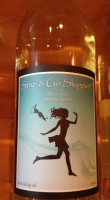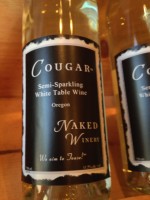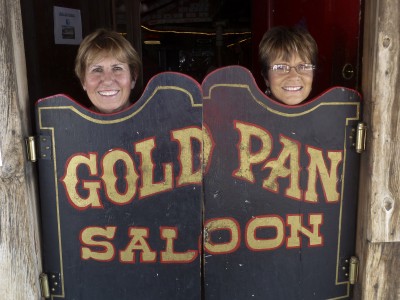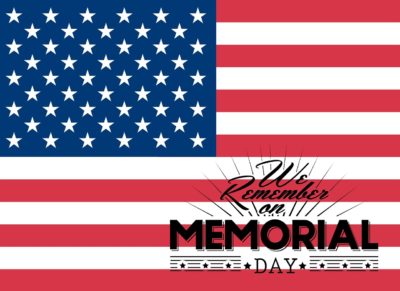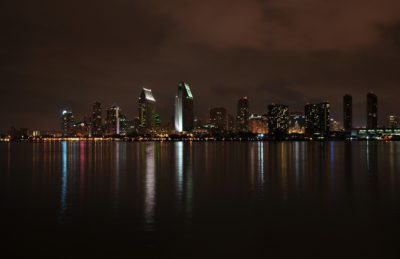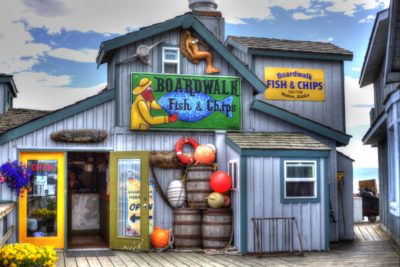We made it to South Dakota. Rapid City was our first stop. Stayed at the Elks Lodge for two nights. Great spot on the golf course. We met up with our RV friends Duane and Betty who are from this area and are also full time RVers. We are looking forward to several weeks of FUN and seeing some beautiful country. Of course I will be stopping at every possible turn to take a picture. I’ll add to this page over the next few weeks.
Off we go today to Custer State Park. Our friends Betty and Duane are leading the way in their motorhome which is a twin to ours except for the decals. They are also towing a Jeep Wrangler, only it is Red. Hurray for the RED WHITE AND BLUE!
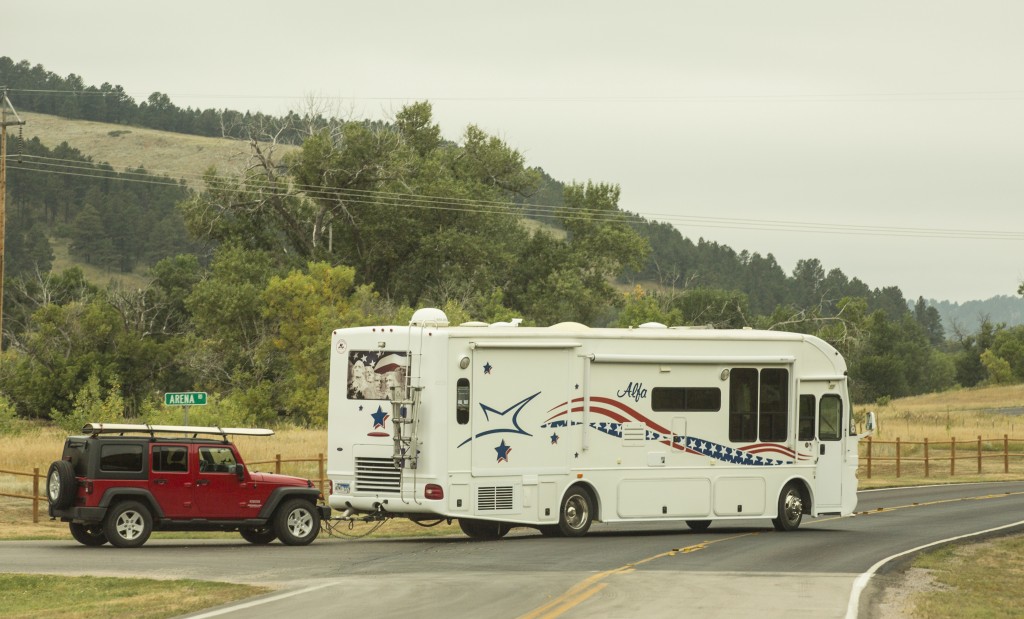
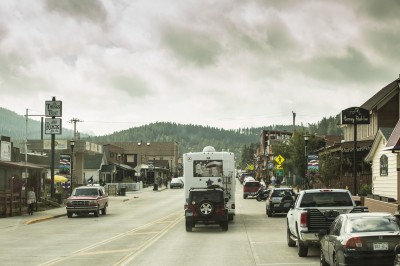
Sept 8th We are camped near Custer, South Dakota. We’ll stay here a week to see the surrounding sites. This is a great Horse camp. Most everyone camped here have their horse trailer and an an adequate supply of horses to ride the many trails right from this camp. Beautiful views of the Black Hills and very friendly staff and visitors.
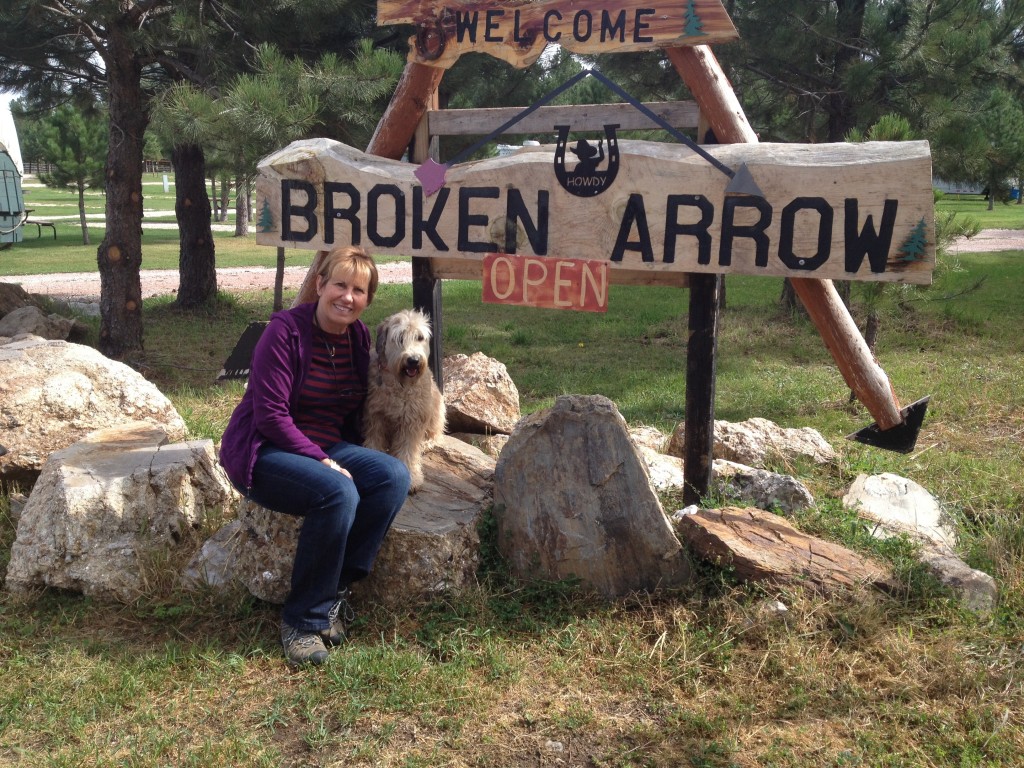
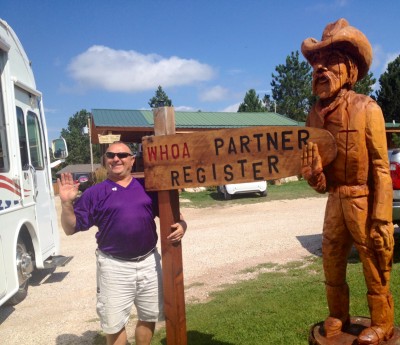
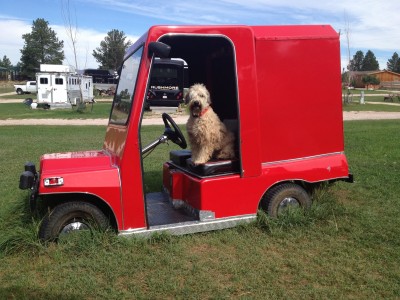
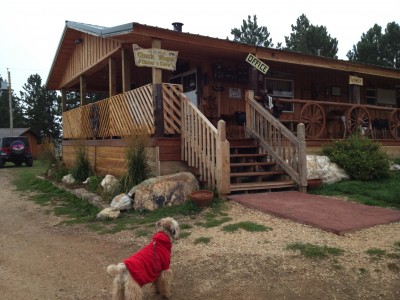
Here we are Horsing around at the Broken Arrow Horse Camp
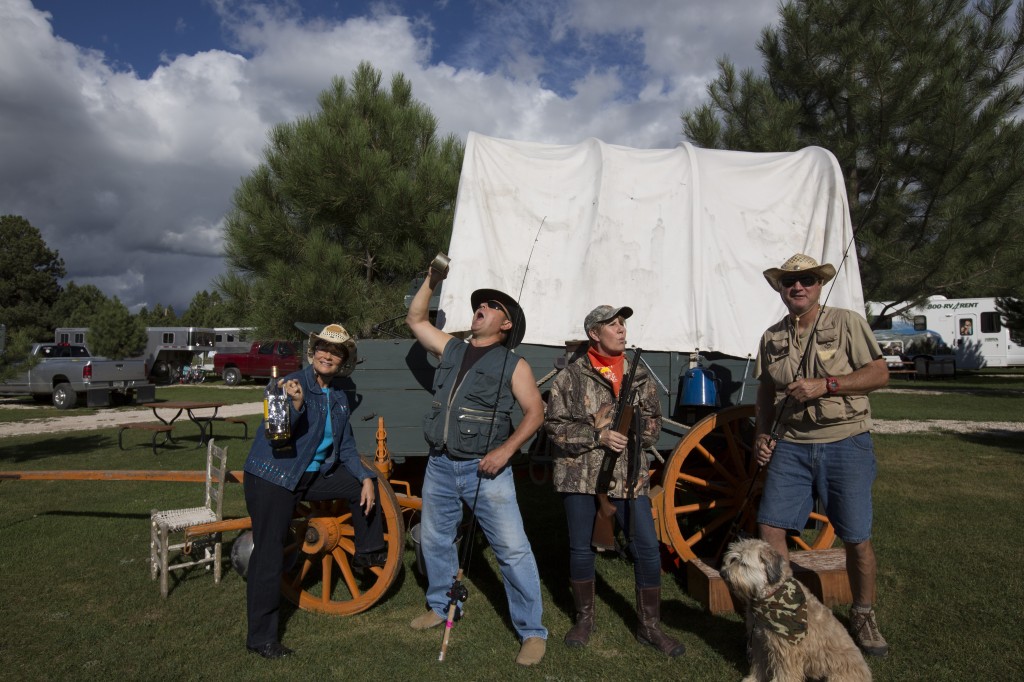
We made a trip into Hill City to check out the town and have lunch. We ate at the ALPINE INN and it was excellent. It’s like a museum in there. The food is excellent and they are famous for their German Style cuisine. Check out their Prime Rib dinners too.
A side trip to a couple of wineries was a lot of fun. The Prairie Berry Winery was first. We tried their famous RED ASS RHUBARB. Now I don’t care for Rhubarb Pie so I was leery to try this one but it was quite good and we bought a selection of their other wines too.
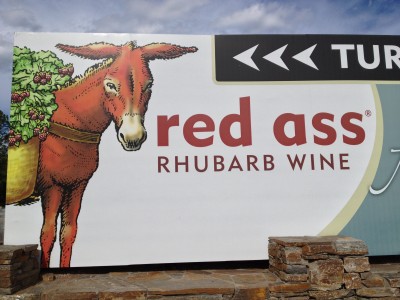
The next winery was THE NAKED WINERY serving many types of wine. We tasted 5 different wines and ended up with a Merlot Cab blend. Several of their wines had some pretty provocative names. But what do you expect from a winery called Naked.
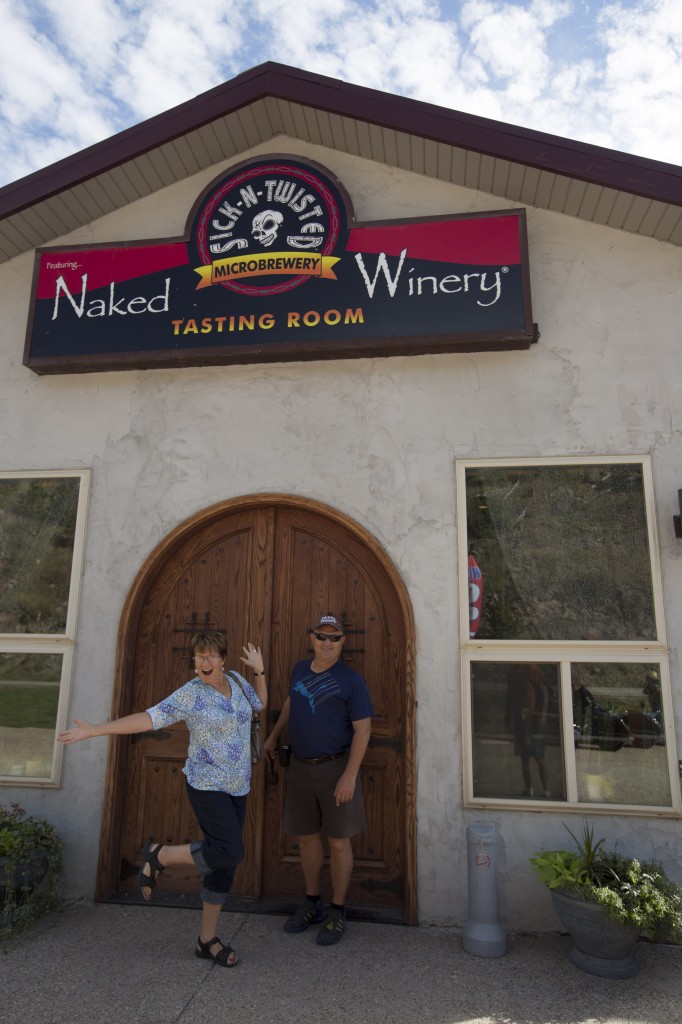
We stopped in Custer at the Old Time Photo store and we decided to step back in time and visit the Saddle Sore Saloon. The photo tells it all.
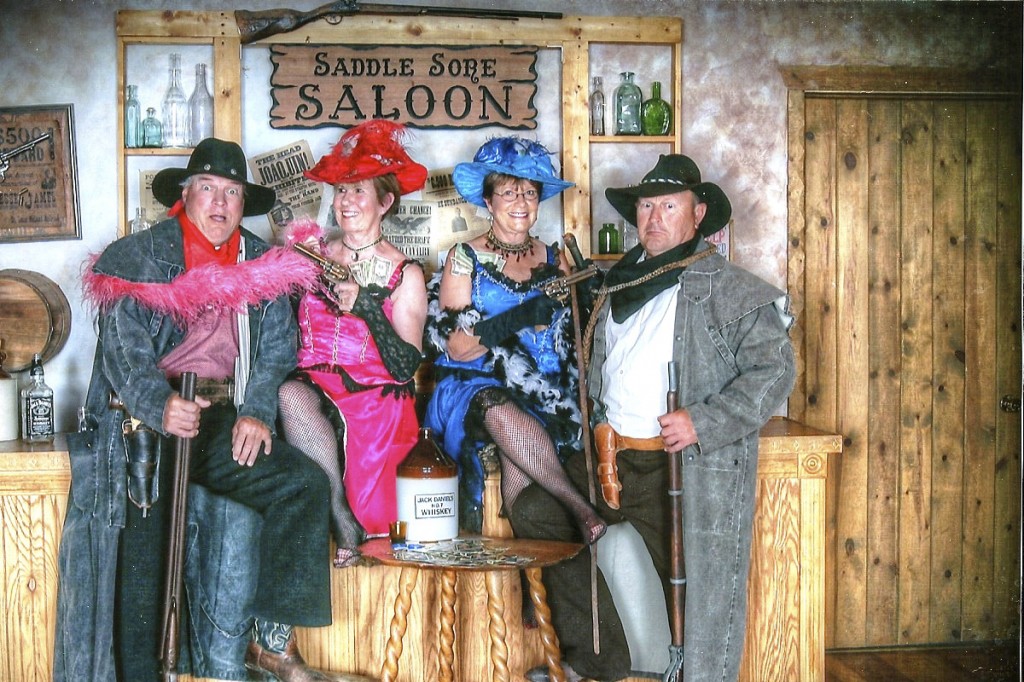
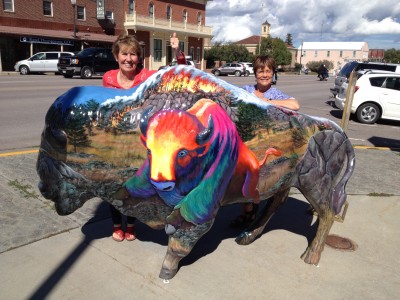
We look too citified for this saloon..
The Gordon Stockade History:
In the summer of 1874, an expedition led by Lt. Colonel George A. Custer discovered gold in the Black Hills. Under the 1868 Treaty of Fort Laramie, however, this region belonged to the Plains Indians, and white settlement was not allowed.Word of the discovery spread quickly, and a group of gold seekers from Sioux City, Iowa, moved into the Black Hills the following winter. Upon their arrival, the Gordon Party built a log fortress on the bank of French Creek to protect themselves from possible Lakota attacks.
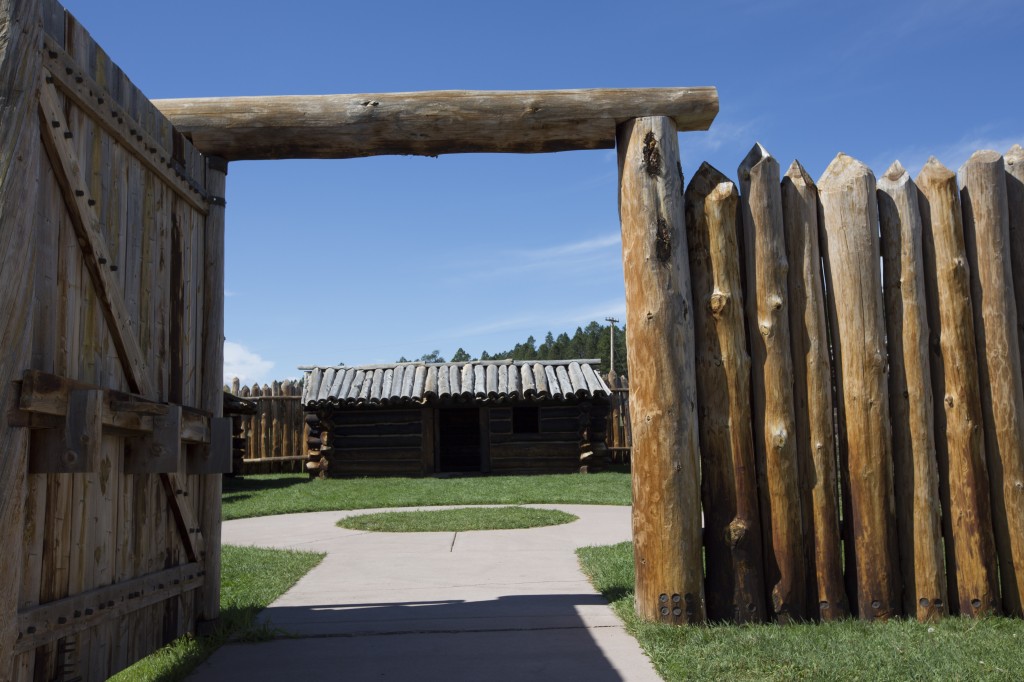
Today’s Gordon Stockade is the third replica built on the original site. The first was constructed by the citizens of Custer in 1925, and in 1941, the Civilian Conservation Corpsmen from Camp Narrows rebuilt the entire structure. Through the years, the outer walls and cabins weathered away until the park had to close the Stockade in the late 1990s due to visitor safety concerns.
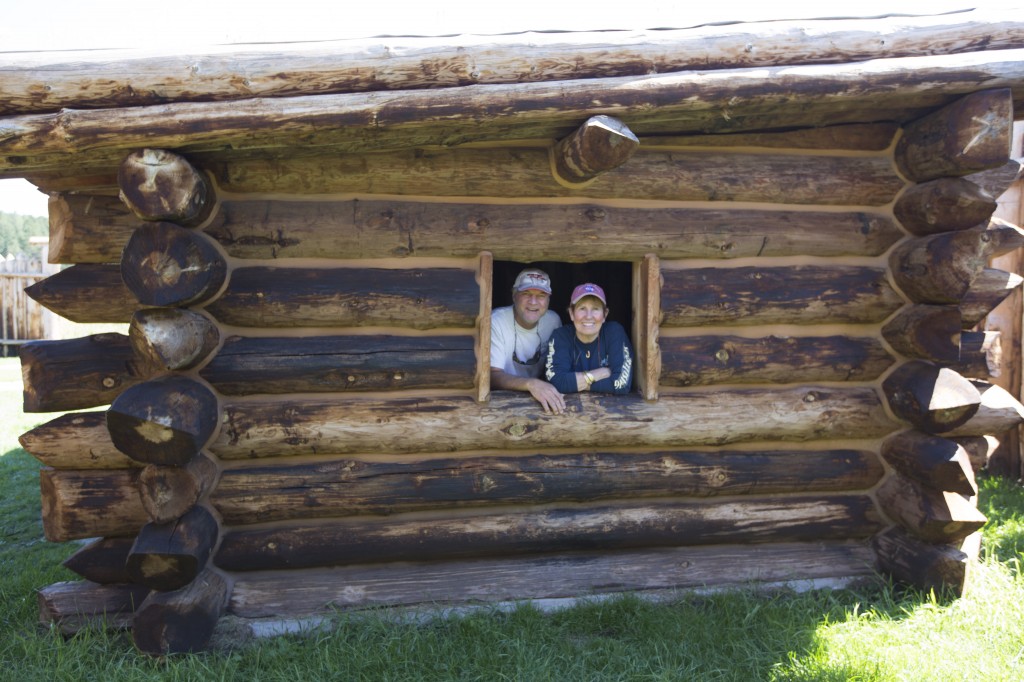
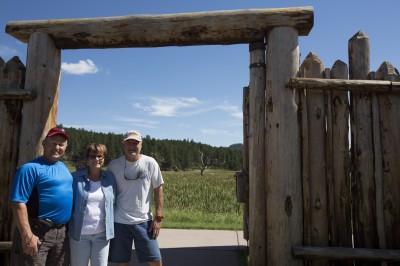
Heading on down the road to Wind Cave and Hot Springs.
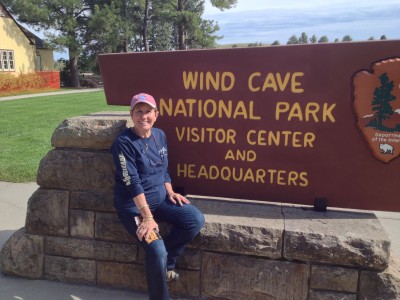
HOT SPRINGS: South Dakota
This was well worth taking the drive to Hot Springs to visit THE MAMMOTH SITE.
Travel back to the time when Ice Age mammoth, camel, and giant short-faced bear roamed the Great Plains of North America. Imagine a sudden collapse of a 60 foot deep sinkhole. Bubbling from the bottom, a warm spring percolates through the layers of limestone, now creating a large steep-sided pond. Picture thirsty animals venturing down to the water below…then, after drinking, animals unable to gain a foothold to escape. The sinkhole was a deathtrap.
Mammoths that slipped into the hole found it difficult to escape. Researchers measuring the pelvic bones of the remains have determined that most of the victims were young males. A hypothesis drawn from observations of modern elephants’ matriarchal societies, in which these group members are expelled, concludes that this group was inclined to the risk-taking behavior that led to their entrapment.
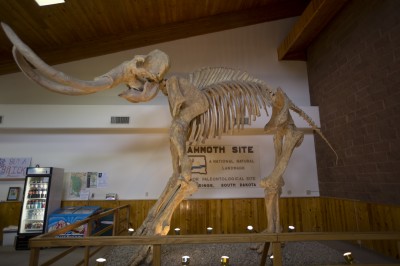
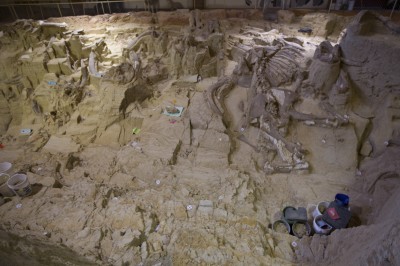
The Story:
In 1974, a construction worker, George Hanson, unearthed unusual bones while the area was being prepared for a new subdivision. His son recognized one of the finds as a mammoth tooth. The landowner agreed to further investigation, and a complete skull and tusk were found in 1974. Donations, some made by local citizens, along with the work performed by amateur and professional excavators, led to its status as a museum, and it was designated a National Natural Landmark in 1980. Initially the finds were mapped on a string grid; since then the mapping systems have increasingly relied on computerized technologies.
The Mammoth Site is now a non-profit organization. The museum is open to the public. Earthwatch volunteers participate in excavations during July. The museum’s visiting scientists have included specialists from Mexico, Italy, Netherlands, Great Britain, Russia, and Germany.
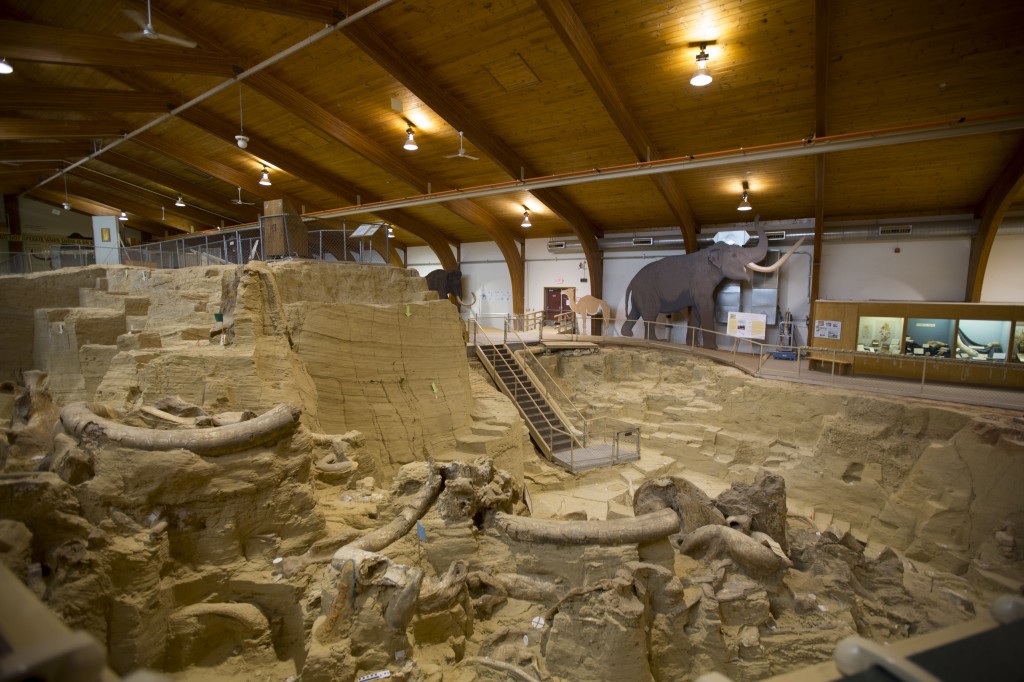
Now enclosed and protected by a climate controlled building, the sinkhole and the in-situ exhibit of mammoth bones attracts visitors year round. The bones are displayed as they were discovered, in the now dry pond sediments for an “in-situ” exhibit. Walkways allow visitors a close-up view of the fossils. To date, 59 mammoths have been identified, along with the remains of a Giant short-faced bear, camel, llama, prairie dog, wolf, fish, and numerous invertebrates.
